Yes, almost the same as linux.
You can configure manually each one using the sysctl command, after success it shows the old and the new value (see image)

You can check current values:
> $ sudo sysctl kern.vm_page_free_min
kern.vm_page_free_min: 147456
> $ sudo sysctl kern.vm_page_free_reserved
kern.vm_page_free_reserved: 16384
And you can configure them to be used on every boot.
Just create a new file: sudo vim /etc/sysctl.conf
Put the configured values on it. (the values below are very good ones, I am currently using them with huge memory/cache/swap management performance gains)
kern.vm_page_free_target=163840
kern.vm_page_free_min=147456
kern.vm_page_free_reserved=16384
kern.vm_page_speculative_percentage=1
vm.vm_page_background_exclude_external=0
vm.vm_page_background_mode=1
vm.vm_page_background_target=163840
vm.compressor_timing_enabled=1
I suggest you use them.
Reboot after saving them on /etc/sysctl.conf
Performance gain is noticeable on the next login after booting and during normal usage. (if your machine freezes because lack of memory, it will not freeze anymore with those, try to freeze it as a challenge ;)
PS: To list all parameters, execute sysctl -A. Those specific vm.dirty.* linux parameters you mentioned doesn't exist on MacOS, those I posted to you are the equivalents one for that purpose (except the last one for timming compression, but I put together because it is better to have the timming enabled [default is disabled] and it is related to memory management, specifically about the memory compression mechanism). If you need others or any other info, or any questions, fell free to ask me.
